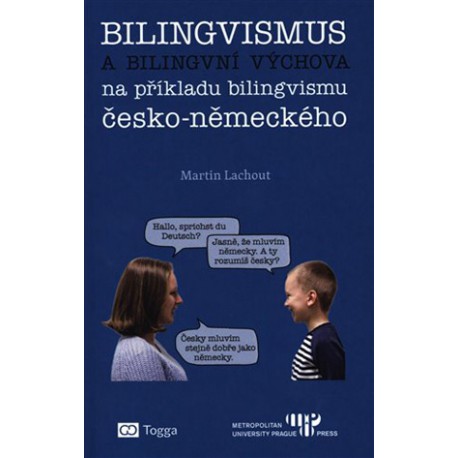No products
Data sheet
| Author | Lachout, Martin |
| Year of publication | 2017 |
| Publisher | Metropolitan University Prague Press, Togga |
| ISBN | 978-80-87956-66-3 (MUP), 978-80-7476-128-7 (Togga) |
| Print run | 100 ks |
More info
The impetus for this publication was the increasing contact with individuals who do not only use their mother tongue (Li), as was common here up until the late 5980 s, but are linguistically equipped with at least two language codes, often even multiple, with both (all) with a high degree of competence. Such a phenomenon is referred to as bilingualism (or plurilingualism), and our book is dedicated to it. The reader becomes familiarized with the nature of this phenomenon and introduced to various approaches to it, including its classification. We have also included theoretical approaches to language acquisition as well as the phases of the language acquisition process for both monolingual and bilingual speakers. We have attempted to outline the benefits of bilingual education, and formulated several recommendations for effective bilingual education for those actively interested in the process. We have, additionally, addressed the issues of bilingual upbringing within the family as well as within the institutional education paradigm. In the case of institutional bilingual education, we first introduced the language policy of the Czech Republic, followed by the development and current state of foreign language teaching in both primary and secondary education. An extensive part of our publication was devoted to empirical research in the form of a pilot study, in which we studied the linguistic development of 41 Czech-German bilingual individuals, male and female, attending primary and secondary schools with emphasis on Czech-German language education.


